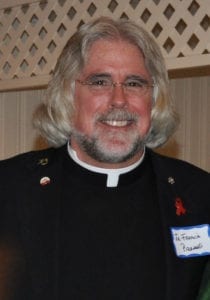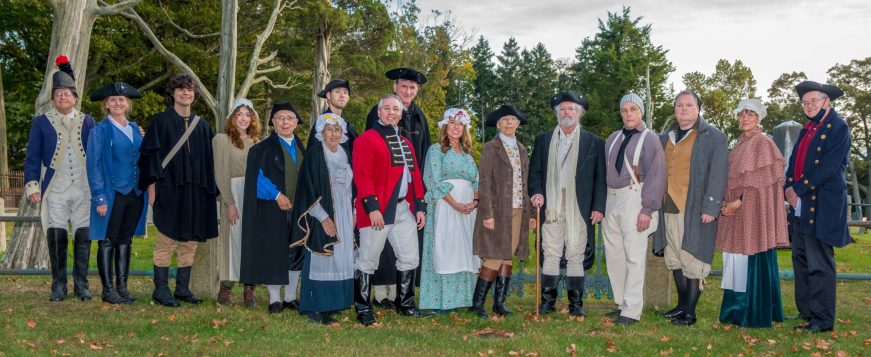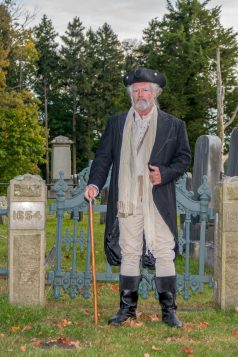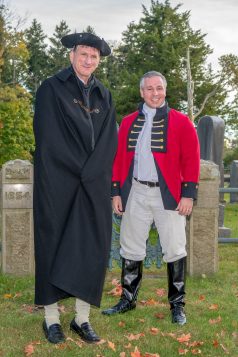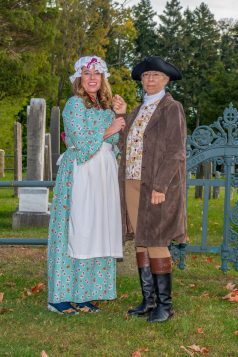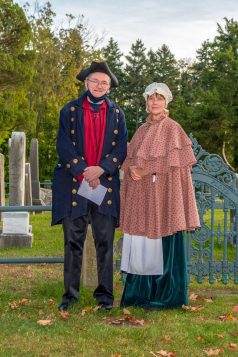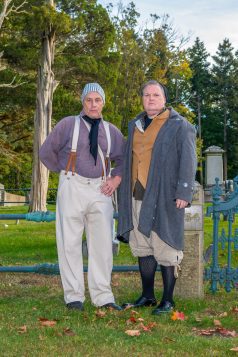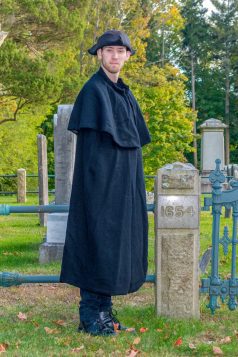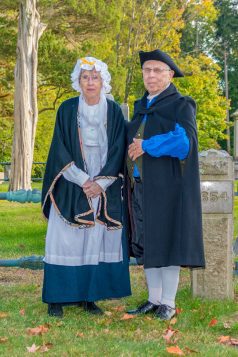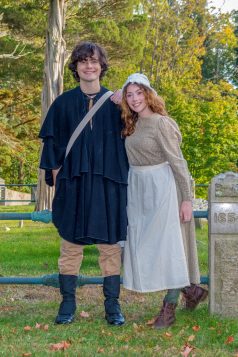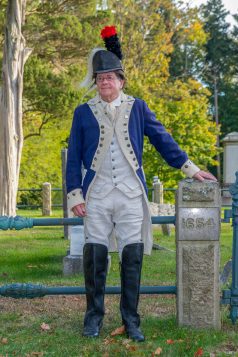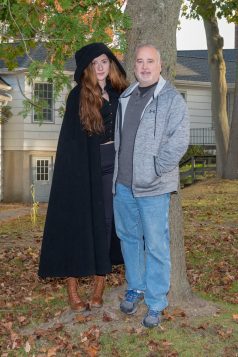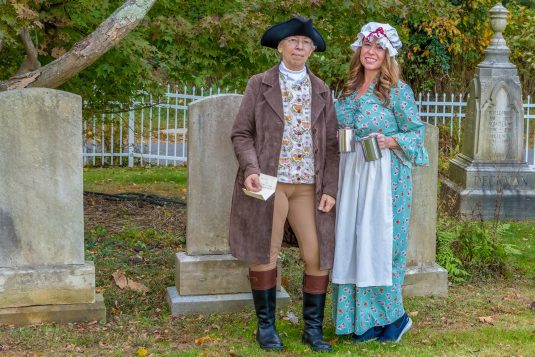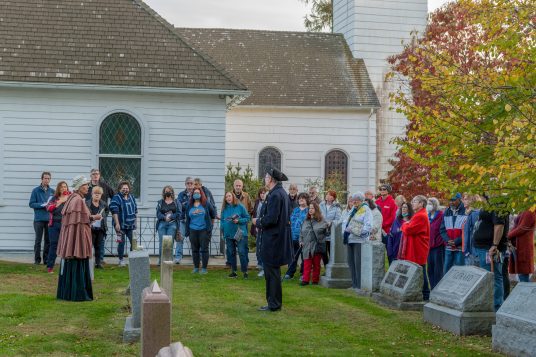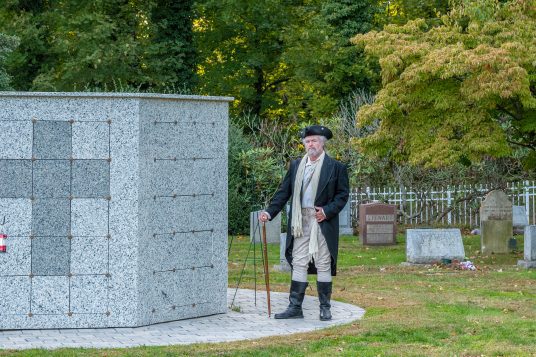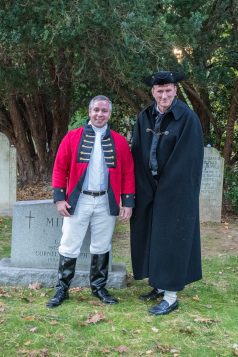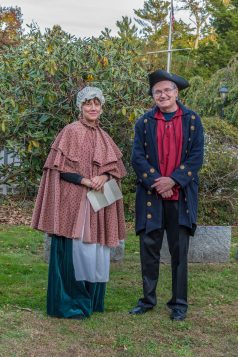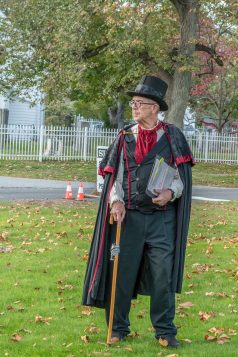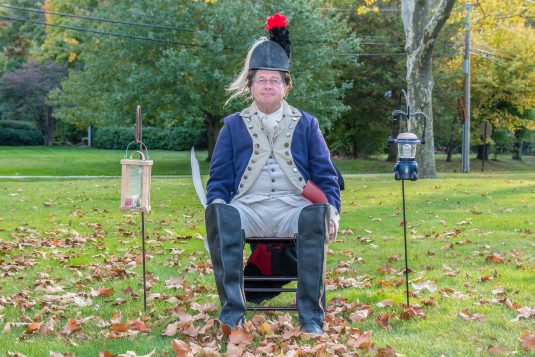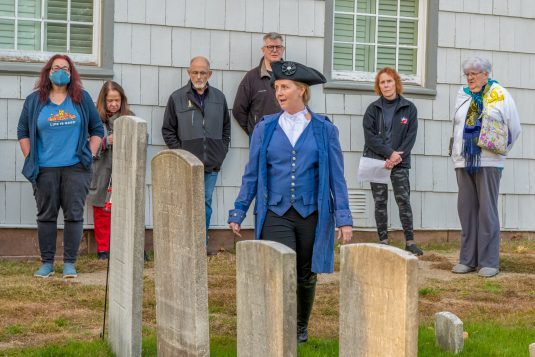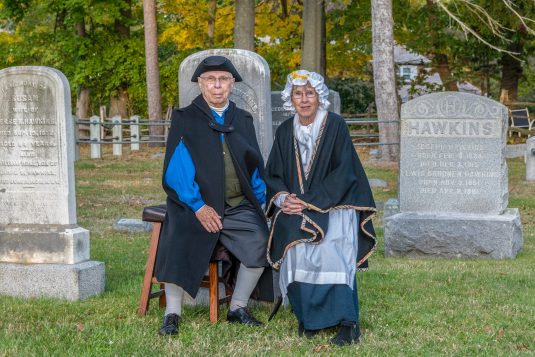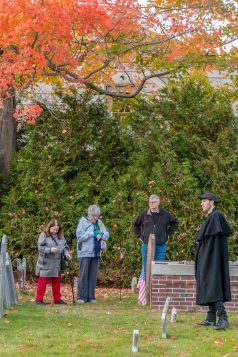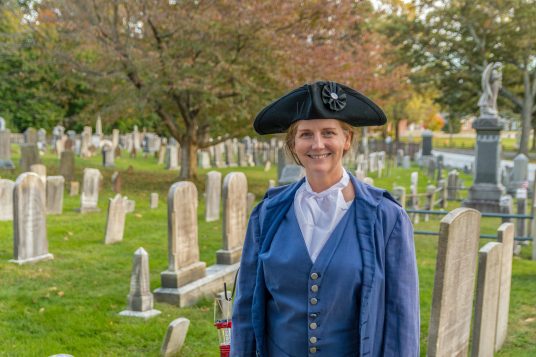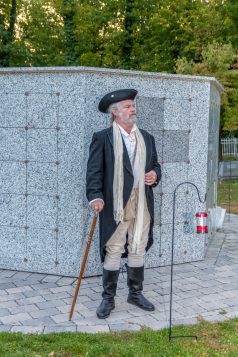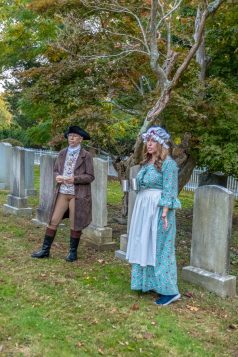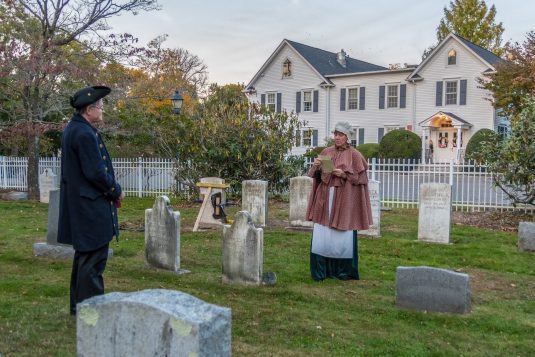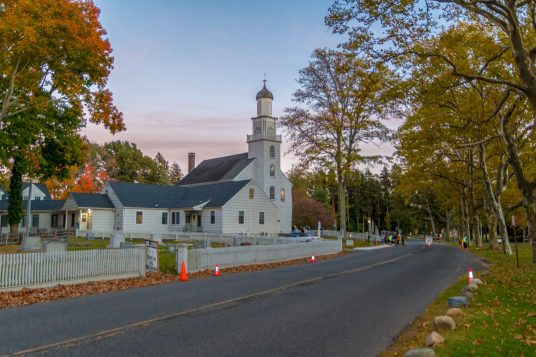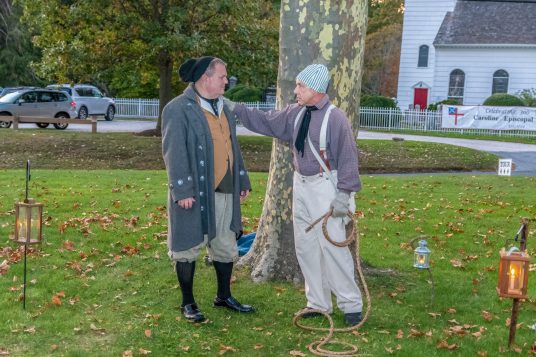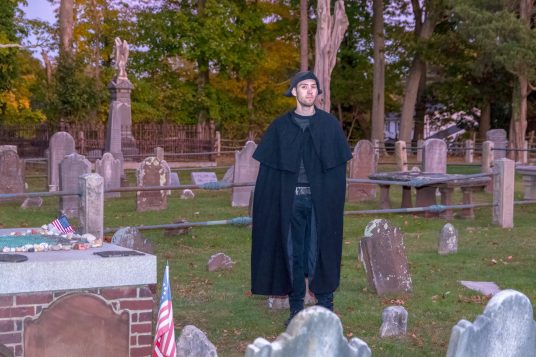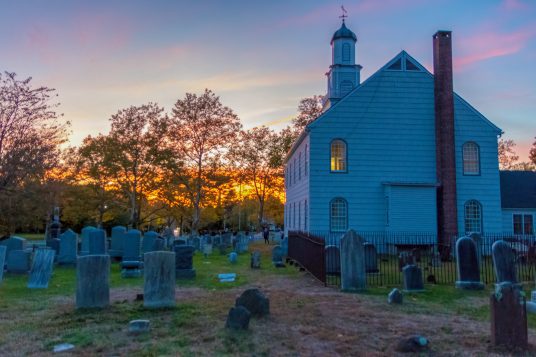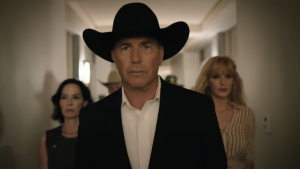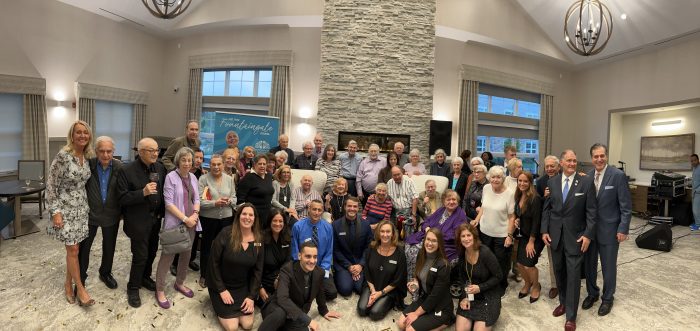By Daniel Dunaief
She is a greeter, a corporate concierge, a facilitator, a point of contact for people traveling thousands of miles, a Spanish translator, an important contact in case of emergencies, and whatever else visitors need.
While Mercy Baez, who was promoted to User Program Coordinator for the National Synchrotron Lightsource II and the Laboratory for BioMolecular Structure at Brookhaven National Laboratory early in October, wears many hats, one of the only ones she doesn’t wear is scientist, although that doesn’t keep her from appreciating and taking pride in the research conducted at the Department of Energy facility.
“We’re helping them and they are helping the world,” Baez said.
BNL has a steady stream of users who apply for time at the various research facilities at the national laboratories.
Baez is specifically responsible for providing a wide range of support and services to the NSLS II and the LBMS. Users, which is how BNL describes potential visiting scientists who conduct research at the lab’s facilities, submit proposals to her office, which then distributes them to a proposal review panel.
When visiting scientists learn that their work, which includes monitoring batteries as they function and searching for fine structural sites in the molecular battle against pathogens, has earned a high enough score to receive coveted time on the lab’s instruments, they prepare for their visit by interacting with Baez and her current team of four by getting registered and approved for access.
Baez offers soup to nuts guidance that often also includes helping users literally find soup, nuts and numerous other items. Baez ensures that users take any necessary training courses, provides guidance regarding registering for on site access to BNL, provides information on the steps or items necessary when they arrive, helps find nearby hotels, coordinate travel to and from the lab and, if necessary, secures places to stay if they miss their planes, get snowed in or have other unforeseen changes in their schedules.
As of October 1st, visitors also have to have some type of active shooter training to access the lab’s facilities. Currently, users are required to take five training courses. Last week, the lab decided to incorporate active shooter training into one of these other training courses.
The lab has always had routine emergency training courses and drills for lab employees. With the changing times and current events, the lab is looking to equip users for such emergencies. The lab hopes never to have to use this training, but if such an event occurs, staff and users will know how to handle such a situation.
In addition to training to help users prepare to visit the facility, Baez provides visitors with a host of on site facilities, including adaptors in case they are using European electronics that don’t connect with the outlets, laptops in case the computer a scientist brought isn’t working, conference rooms for impromptu meetings, and dorm rooms for a respite while running time-intensive experiments.
BNL hosts employee resource groups including the African American Advancement Group, the Asian Pacific American Association, the Brookhaven Veterans Association, Brookhaven Women in Science, the Early Career Resource Group, the Pride Alliance and the Hispanic Heritage Group. Baez said the lab tries to involve users and visitors in as many cultural and social events as possible, which include outings to dinners, plays and cultural virtual cooking classes.
In September, Baez participated in the Port Jefferson Dragon Boat Race Festival which the Asian Pacific American Association sponsored.
Baez, whose mother is from Puerto Rico and whose father is from Ecuador, is a member of the Hispanic Heritage Group.
A people person
A member of the user offices since 2003, Baez had recently been responsible for coordinating conferences, workshops, and training courses, including financial and logistical aspects of the events for NSLS-II and the LBMS. She had been functioning as the user program coordinator since January, when Gretchen Cisco retired. Baez feels fortunate to have worked with Cisco since she joined NSLS in 2005.
A self-described “people person,” Baez said she loves the opportunity to interact with scientists from all over the world. She particularly appreciates the chance to get to know about other cultures and has added destinations to her travel itinerary from speaking with visitors. She is hoping to travel to Morocco and Peru next year and is hoping to travel to Japan and a few other countries in the near future.
Coming from a Latina family that tends to be loud and outspoken and whose family gatherings often includes more than 30 people, she has learned to speak in a softer voice, particularly with people from other cultures or backgrounds.
She also has a tendency to speak quickly and has learned to slow the pace down so visitors who haven’t interacted with her can understand what she’s saying.
A resident of Medford, which is a ten-minute drive from the lab, Baez has a son Xzavier and a granddaughter Francesca. She is excited for the upcoming arrival of her second granddaughter in November.
When she’s not at the lab, she uses her leisure time to go hiking, fishing and camping.
With her then teenage son in tow, she went to the jungle of Belize for a survival course, where they learned how to catch their own food, build shelters, and harpoon fish. She also learned which plants are safe to eat and which are poisonous.
While her work responsibilities can be hair-raising, particularly in emergencies, she “loves the feeling that I was able to help a scientist, whether to get him or her on site or in an emergency,” she said. Knowing that she’s a part of making all this science happen makes her day and job rewarding, she said.
Baez has had some requests from scientists who have wanted cultural foods, such as Turkish or vegan dishes, that might be harder to find, particularly during off hours.
Around Thanksgiving each year, some visitors have asked if they can hunt wild turkeys at BNL, which is located within the Pine Barrens and has turkeys and deer wandering on site. She has told those users that the lab does not allow hunting.
Hunting aside, Baez said she is “here to help [users] do what they need to do.”




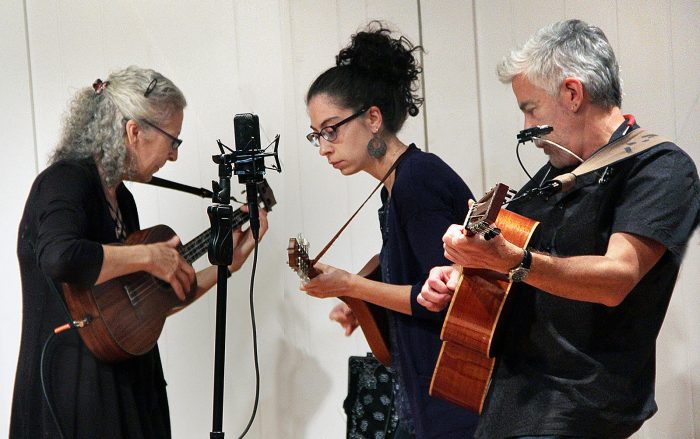



 The second chapter, “The Yacht,” sees the couple on a high-end ocean excursion populated solely by the wealthy. Among the guests are a gregarious Russian fertilizer mogul, Dimitry (Zlatko Burić), and a sweet elderly British couple, Winston (Oliver Ford Davies) and his wife, Clementine (Amanda Walker), who are arms manufacturers.
The second chapter, “The Yacht,” sees the couple on a high-end ocean excursion populated solely by the wealthy. Among the guests are a gregarious Russian fertilizer mogul, Dimitry (Zlatko Burić), and a sweet elderly British couple, Winston (Oliver Ford Davies) and his wife, Clementine (Amanda Walker), who are arms manufacturers.
